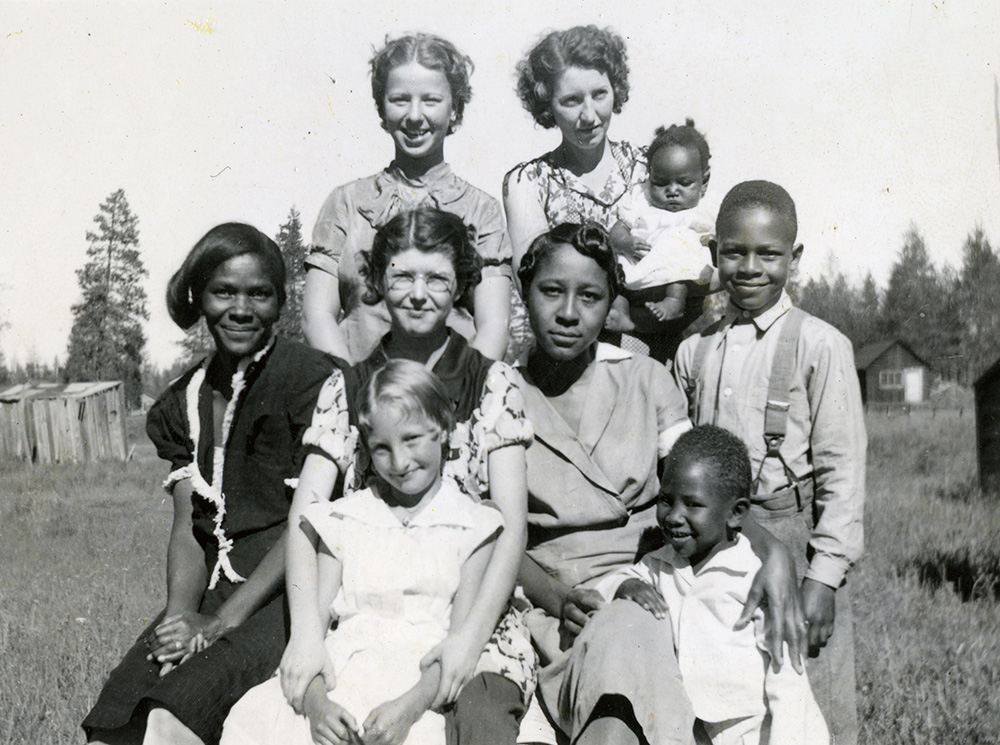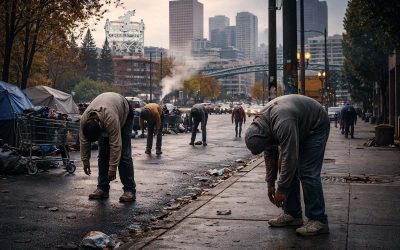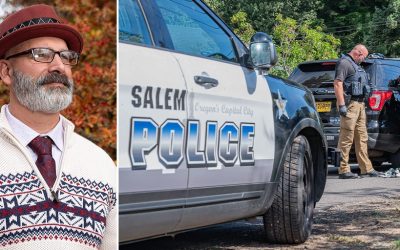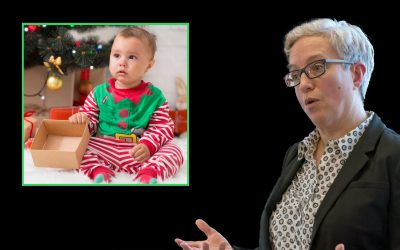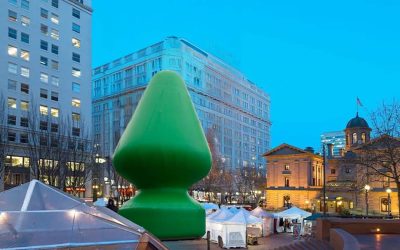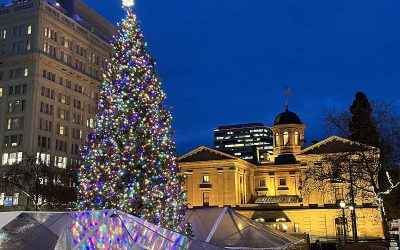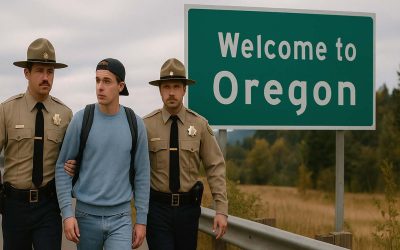Before I had developed an interest in and explored many of Oregon's "Ghost Towns", Maxville was quite unknown to me. Located deep in Wallowa County, little is physically left of the old logging town but rich and sometimes disturbing history remains.
One night I managed to catch an episode of OPB's "The Oregon Experience" entitled, The Logger's Daughter, a fascinating and very raw documentary about the lives and experiences that shaped Maxville. Hundreds of loggers left Arkansas and Mississippi to live and work there. Many brought their families, and many were people of color. This program follows a woman who was born and raised in Eastern Oregon, as she sets out to explore her family's past.
Known by a handful of names over the years, Maxville was home to men of color: loggers at a time when Oregon’s constitution included a provision of discriminatory Jim Crow laws excluding blacks and many people of color from the state. The town seems tiny by today's standards with a population of about 400 residents, 40 to 60 of them African American. However, it was the largest town in Wallowa County between 1923 and 1933.
From The Oregon Encyclopedia: "Company jobs were typically segregated based on ethnic origin. Black workers felled the trees in teams, using cross-cut saws, and many had experience as log loaders, log cutters, railroad builders, tong hookers, and section foremen. The Greek workers at Maxville had expertise in railroad building, and white workers worked as section foremen, tree toppers, saw filers, contract truck drivers, and bridge builders." Life wasn't easy. The Great Depression and type of work made for troubling and difficult times.
Do you love Oregon?
Sign up for monthly emails full of local travel inspiration and fun trip ideas. In each newsletter we'll share upcoming events, new things to do, hot dining spots and great travel ideas.
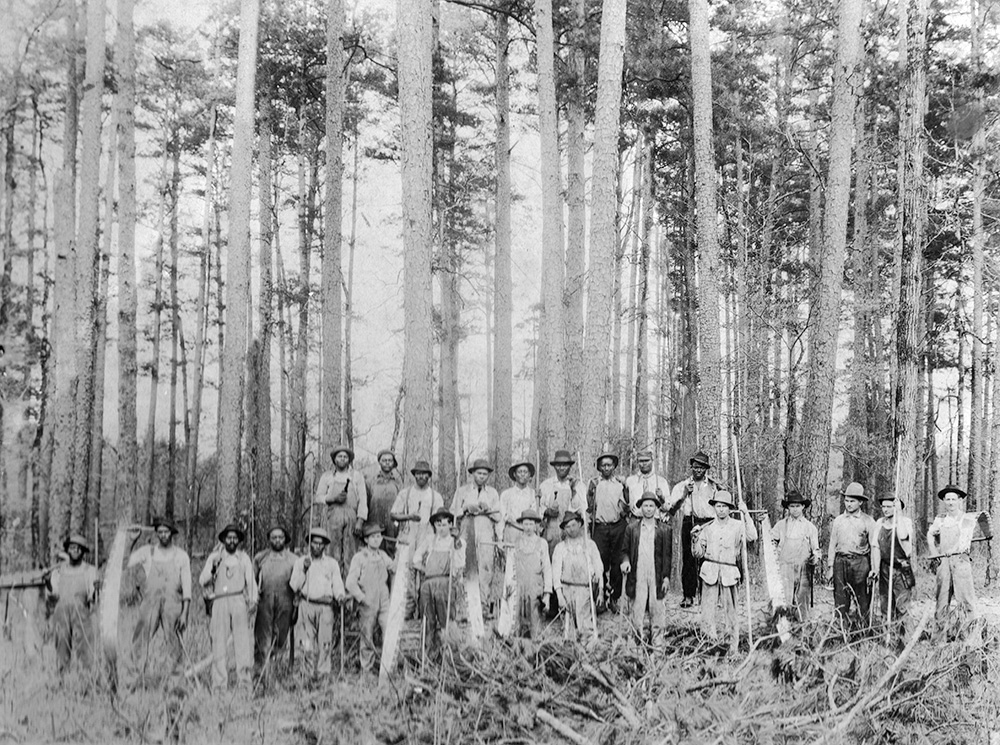
The Logging crew t Maxville. Image courtesy of the Maxville Heritage Interpretive Center.
Maxville was mapped according to an often-used template in company towns, one that segregated residents by marital status and ethnicity. In 1926, two buildings, one for white students and one for Black students, were hauled to Maxville. The school for white students was located on the south side of Maxville and taught up to 75 students while the school for Black students was located on the north side of town and taught around 13 students. Maxville's schools were the only segregated schools in Oregon at that time.
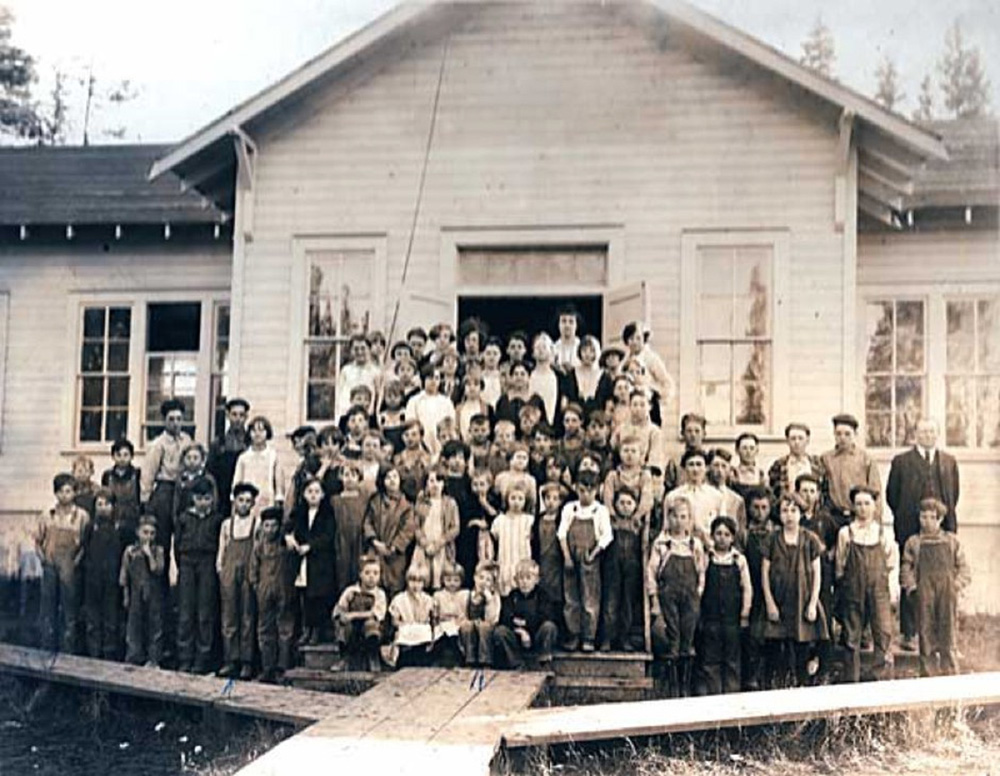
Students and teachers at the "white" Maxville school circa 1930. Image courtesy of OPB.
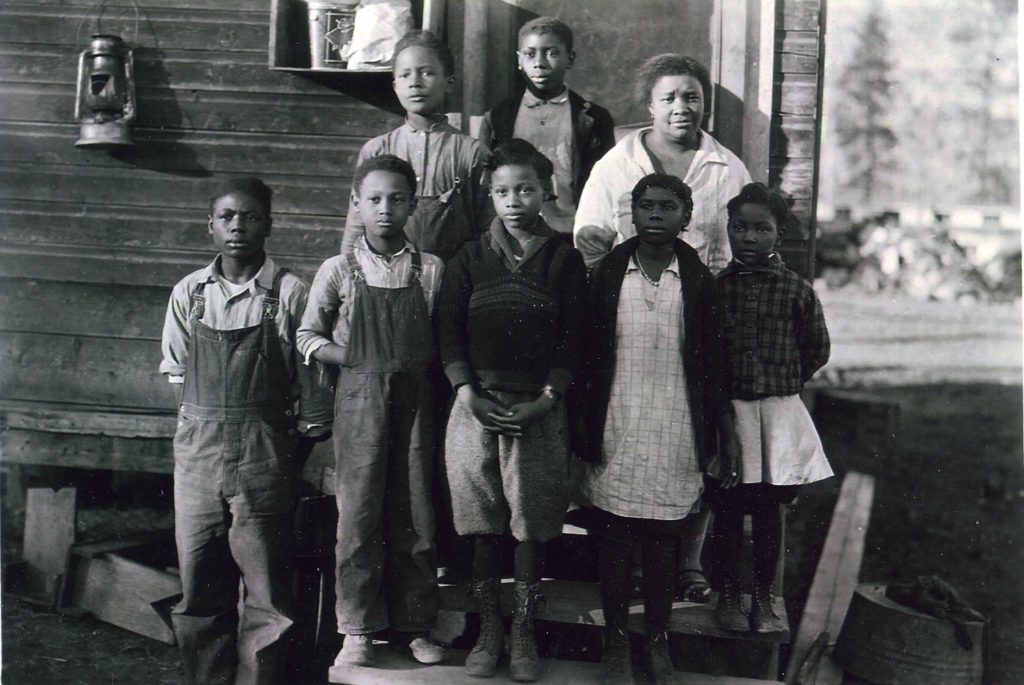
In contrast, the "black" school at the northern end of Maxville. Image courtesy of the Maxville Heritage Interpretive Center.
Despite all of this, friendships among Maxville families flourished in a time when such was considered "improper". Although the schools were located on opposite sides of Maxville, kids found ways to connect and play, meeting up after school to forge friendships. From the Maxville Heritage Interpretive Center:
"Despite Bowman-Hicks' enforcement of Jim Crow-inspired segregation mandates, Maxville's isolation from mainstream society encouraged the formation of interracial friendships. Black and white townspeople socialized and often shared resources. When Bowman-Hicks ended its logging operation in 1933, the Black and White schools desegregated and the remaining Maxville children attended school together, taught by Madeline Riggles."

"Between Chores and School", 1937. Image courtesy of the Ona Hug Collection / Maxville Heritage Interpretive Center.
Baseball was an essential pastime during the 1920s and 30s. The lumber company enforced strict segregation rules here as well, and although the black and white teams played each other in town matches, the two teams merged when they competed against other local teams. This interracial team became the "Maxville Wildcats", destroying the local white teams of Wallowa, Joseph, Enterprise, Elgin and La Grande. According to a newspaper article, the integrated team "played rings around the other team, scoring at will." 35 cents earned you a seat at a game in 1925.
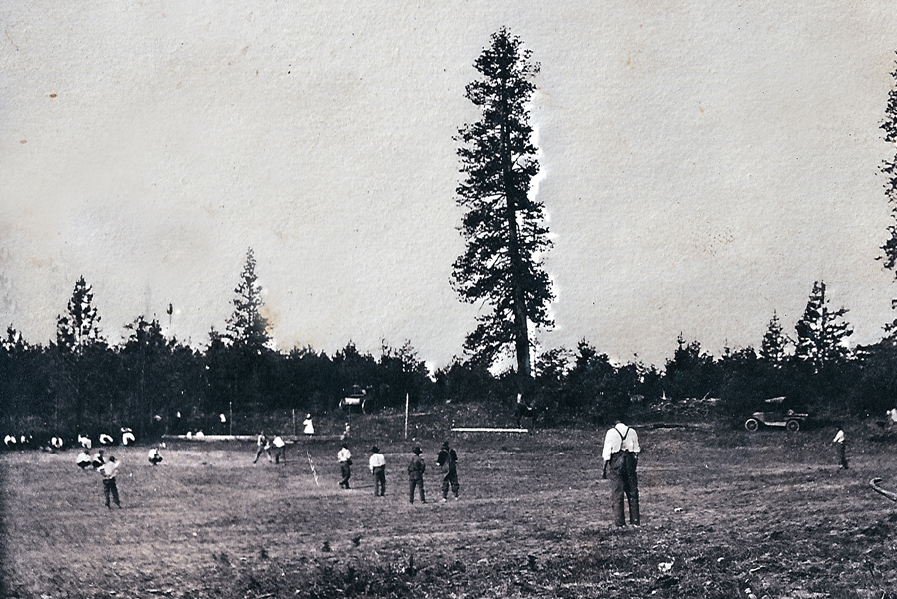
The Maxville Wildcats. Image courtesy of the Maxville Heritage Interpretive Center.
Economic conditions, especially the Great Depression and downturn in the lumber market, led to Maxville’s eventual decline as a town. In 1933 the Bowman-Hicks Lumber Company closed. Some of the residents settled in the nearby town of Wallowa. A few lingered at Maxville to work in what remained of the timber industry until a bad winter storm in the 1940s caused most of the remaining structures to collapse. After that Maxville became a ghost town.

The general area of the site of the Maxville ghost town. Image courtesy of Oregon State Archives, 2019.
Some 60 years later, the children and grandchildren of the original logging families began researching the history of the town and uncovering the stories of their ancestors. This effort led to the founding of the Maxville Heritage Interpretive Center (MHIC) which "collects, preserves, and interprets the history of the logging community of Maxville and similar communities throughout the West. MHIC’s mission is to serve Oregon and the greater Pacific Northwest by preserving resources and providing information and education about this little-known chapter of the American experience.
"The rich history of African Americans can be found in all parts of the country, in communities both large and small, and in unexpected places. The isolated logging community of Maxville, home to many African American loggers, once resonated with the whine of saws and the laughter of children. Today, the children and grandchildren of the original settlers are working together to bring the story of Maxville back to life."
--Maxville Heritage Interpretive Center
Currently, a massive project has been founded by Gwen Trice to celebrate the Oregon Timber Culture contributions of African Americans, Indigenous folks, and immigrants through oral history transcripts, original poetry, and music by creating an album, course curriculum, and teacher’s guide for school and libraries. Gwen is the daughter of African American logger Lucky Trice, a leader in the Black community of Maxville (1923 - 1933).
See this historically momentous project and donate to the Go Fund Me here: https://www.gofundme.com/f/maxville-heritage-album

